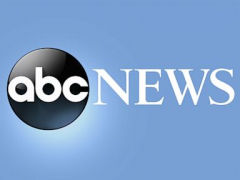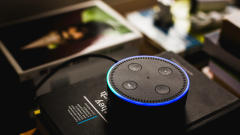Ruth CleggHealth and wellbeing reporter
@hotgirlenhancements
The facelift is moving into new territory.
A quick search on socials and my feed is inundated with posts from people in their late 20s, 30s, discussing different types of facelift – the mini, the ponytail, the deep plane.
Gone are the days when facelifts were reserved for the ageing wealthy – now an increasing number of younger people are opting to go under the knife.
Some happily share pictures of their face before, after and the very bruised bit in between – their often very painful recovery.
It’s no longer a procedure that’s spoken about in secret, celebrities like Kris Jenner, Catt Sadler and Marc Jacobs have spoken openly about their treatment. Many more are rumoured to have had one.
The facelift is often seen as the last resort, the most major of cosmetic surgeries.
Are people becoming so insecure in an often fake online world that they will pay thousands of pounds for the operation?
Or have we had so many non-surgical treatments, such as Botox and fillers, that having our skin peeled from our cheekbones and our facial tissues and fat rearranged feels like a logical – and longer lasting – next step?
@hotgirlenhancements
Emily, pictured here in recovery and post-surgery, says she does not regret her operation
For Emily, who had a facelift at 28, it was about getting a “snatched look” – a sculpted, sharp jaw, high cheekbones and fox eyes. She says having surgery in Turkey was “life-changing” and she does not regret it.
“In total I had six surgeries rolled into one,” she explains. “Among them I had a mid- face lift, a lip lift and a rhinoplasty [nose job].”
Describing the process, the businesswoman from Toronto, Canada, says the surgeon played her favourite song as she went under general anaesthetic and then: “I fell asleep and I woke up, threw up, and I had a new face and a new nose.”
The recovery process was long – the pain and bruising began to subside over the first few weeks, but it took six months for Emily to regain feeling in parts of her cheeks.
Would she do it again? She hesitates.
“Since my surgery, I’ve changed my life. I’m healthier, I drink a lot less, I look after my skin, I sleep. I think if I knew what I know now I might not have gone through with it.
“My mum didn’t even know until I told her a couple of days after surgery.”
But then she stops and reflects.
“But I just wanted to be the best version of myself,” Emily says, “and now I think I am.”
Figures from the British Association of Aesthetic Plastic Surgeons (BAAPS) show an 8% increase in facelifts over the past 12 months in the UK – they don’t break down the figures by age, but many members report that the demographic is shifting.
This is reflected in other parts of the world, with the American Society of Plastic Surgeons seeing a rise in Gen X (ages 45 to 60) opting for a facelift.
Nora Nugent, president of BAAPS, believes there are a host of reasons for the change – including the rise of weight-loss medications.
“Losing weight so quickly on these drugs can leave a lot of excess skin. A facelift can h
Read More





